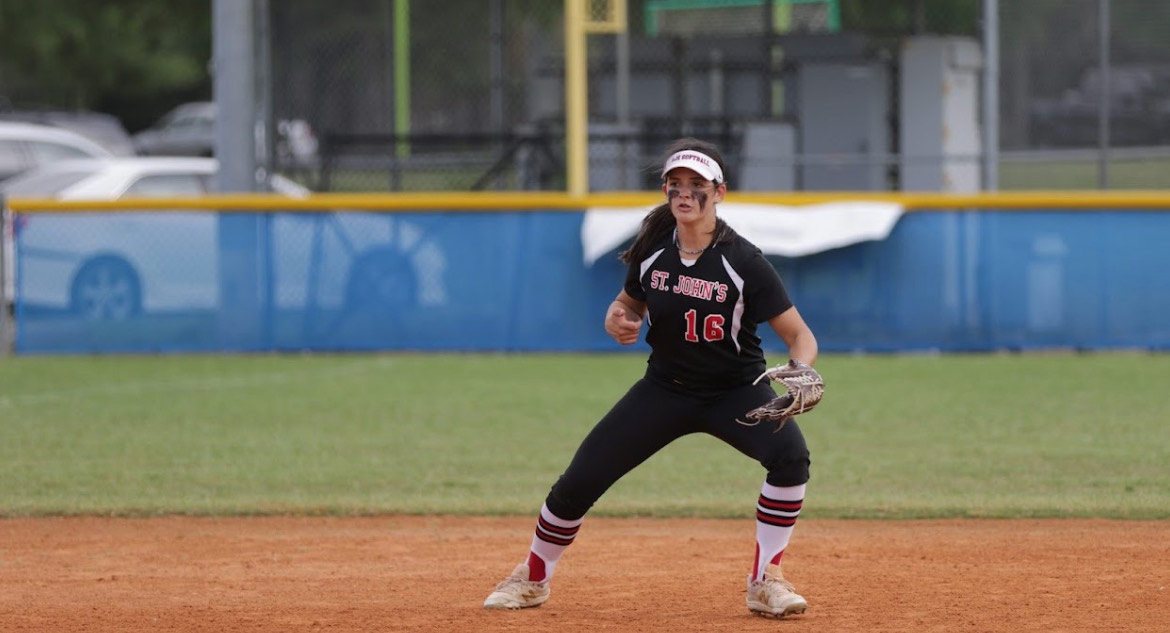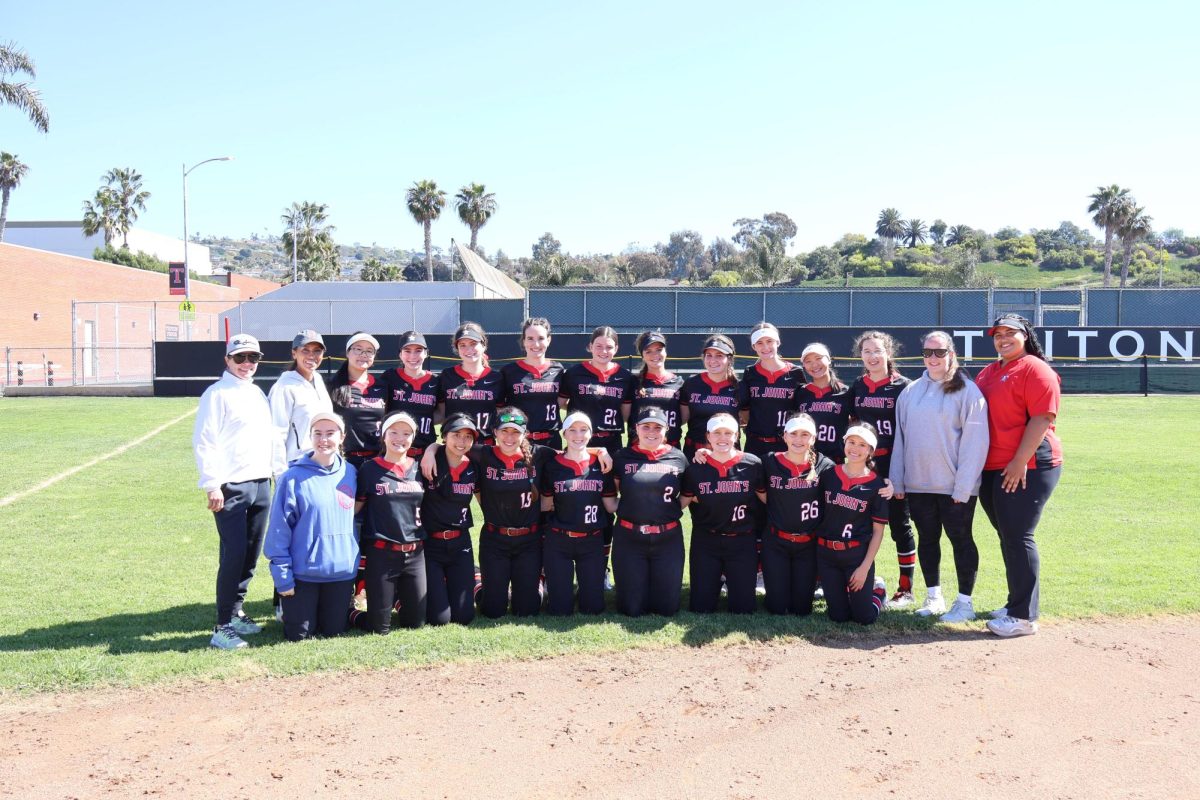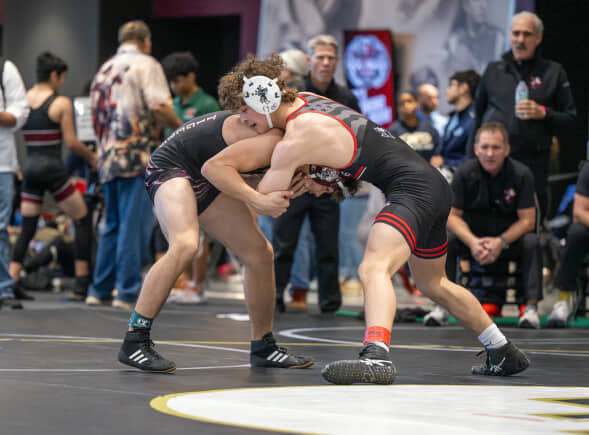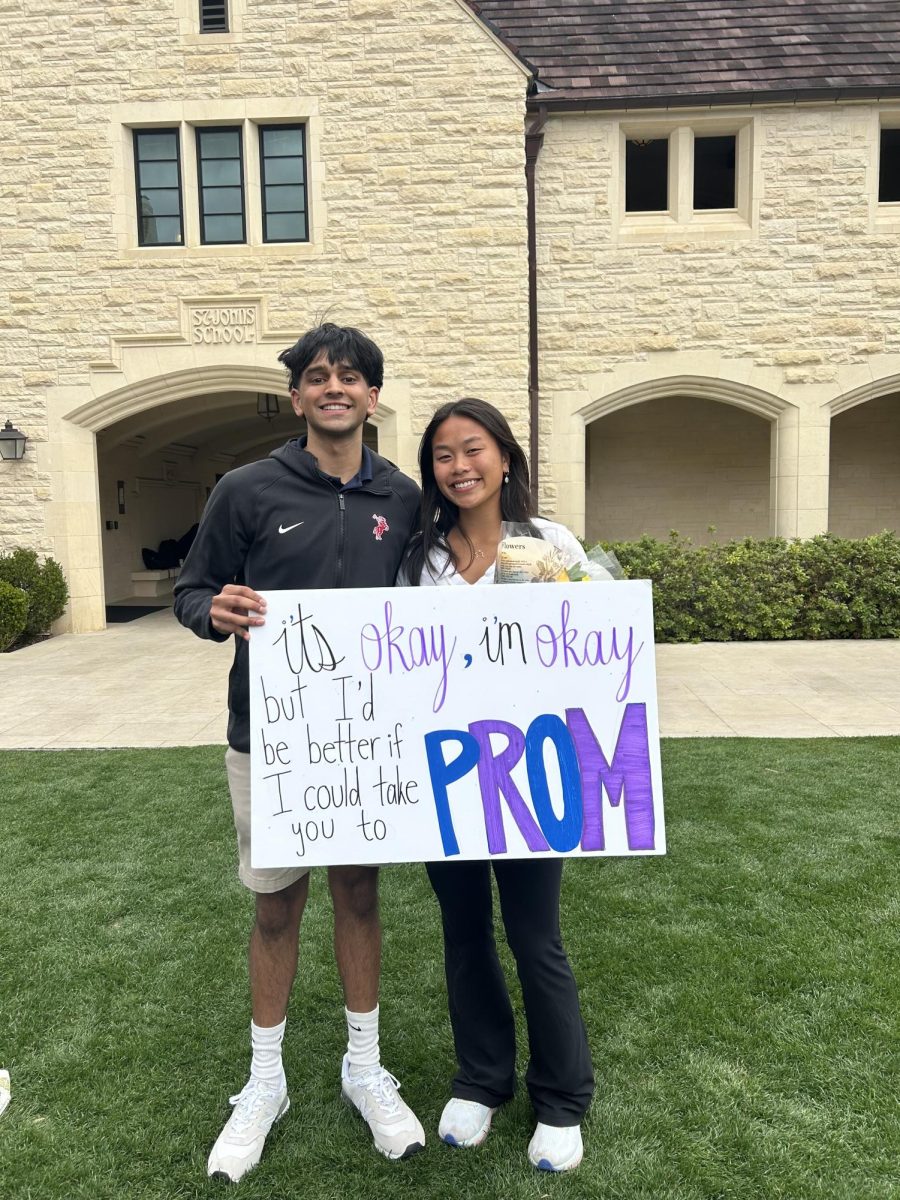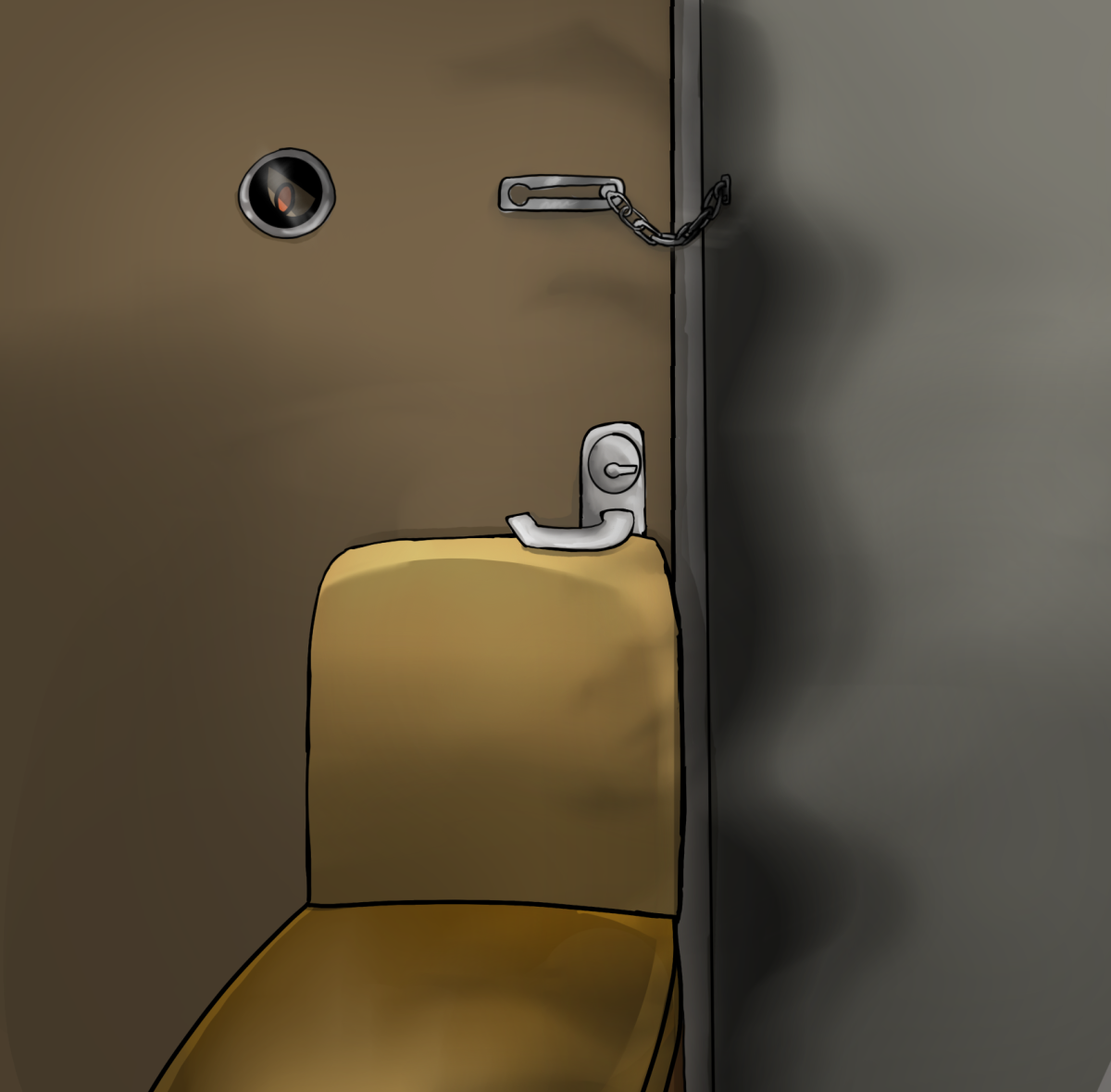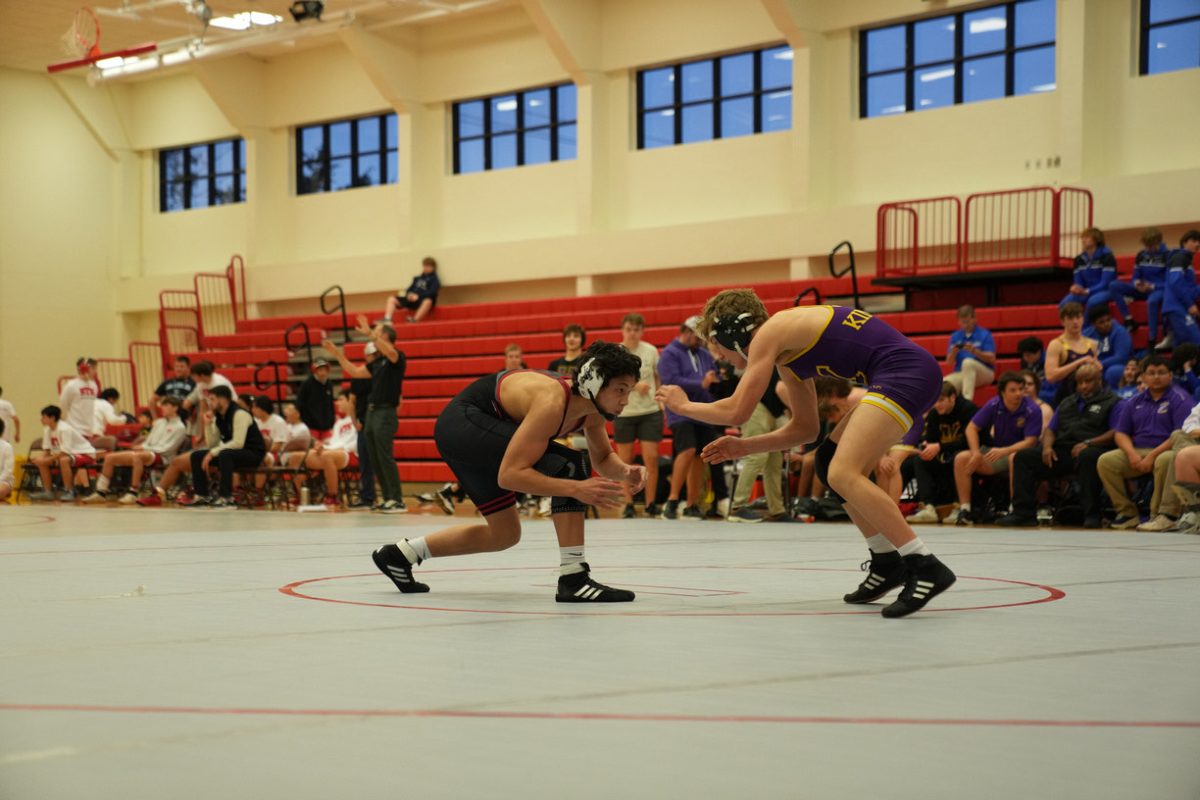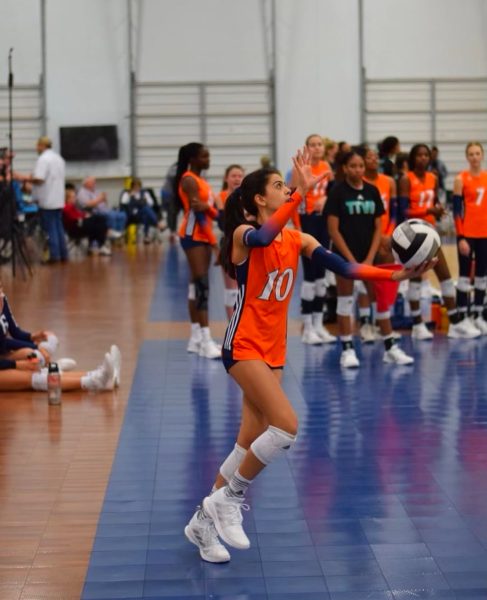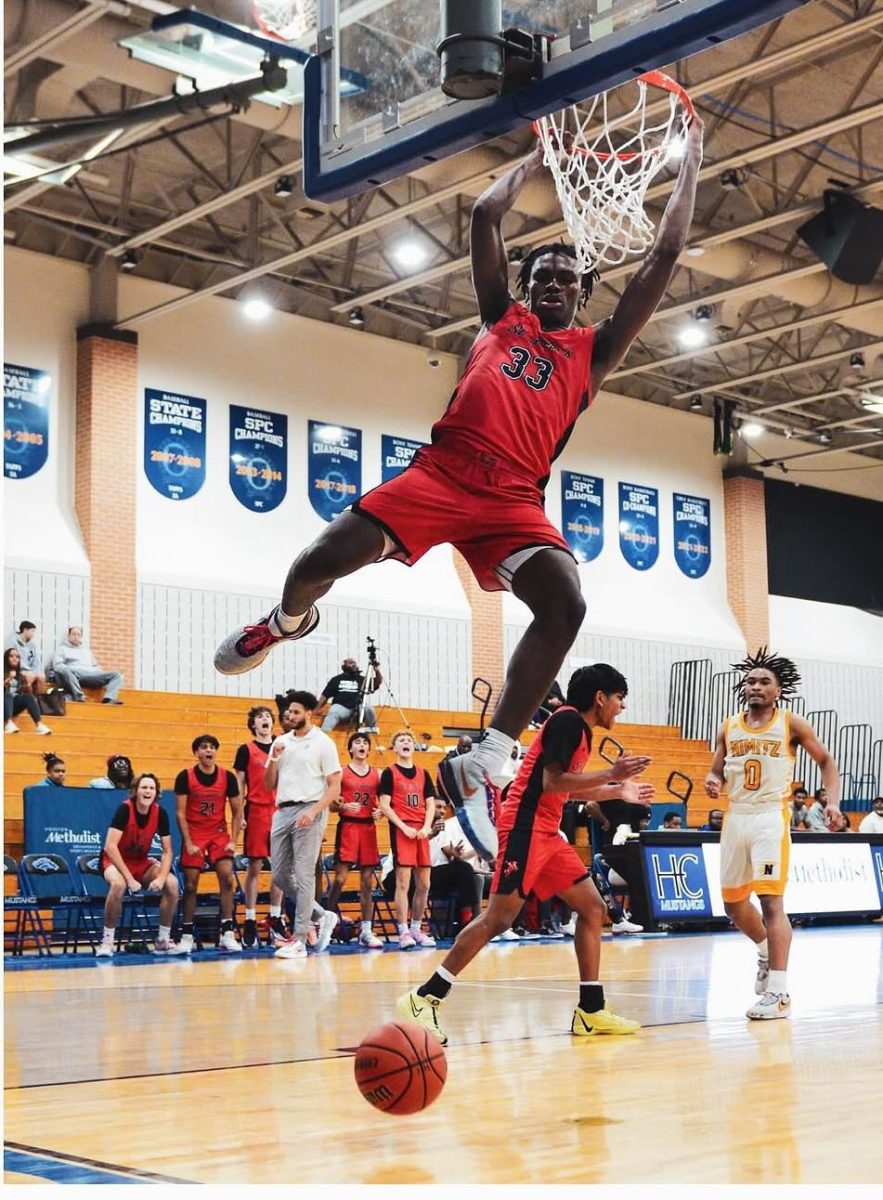Carrying her softball bag filled to the brim, sophomore Gabby Sherrill sauntered into the Brighton turf complex for her fifth tournament of the summer, the Colorado Sparkler, and met up with her club team, one of 900 from across the country playing in this tournament. At least 20 college coaches circled Sherrill’s field with clipboards and phones in hand, writing down stats and constantly speaking with club coaches who boasted the abilities and qualities of their players. Juniors or seniors noticed by recruiters at this event would receive offers and even commitment letters.
As participation in club sports becomes more necessary to proceed to the collegiate sports level, the fees for these clubs rise. Tournaments, membership fees, equipment, hotels and airline flights quickly pile up for parents, making it difficult for students to play sports outside of school and refine their skills.
Most clubs with athletes in high school travel regionally, if not nationally, to compete against other prestigious teams. This commitment requires players and their families to pay for their own hotel and airline tickets, costs that quickly add up month to month.
“While some people value club sports and decide to make the investment, the prices deter a lot of people from playing,” said freshmen Ben Sandberg, a club soccer player.
Many clubs also require players to chip in and cover the costs of coaching fees. These tournaments and college showcases usually cost hundreds of dollars to enter, so many teams fundraise to pay for registration fees.
“We have dues in the beginning of the season for tournaments and also sell raffle tickets to raise money,” said Sherrill.
Along with raffles, other teams set up enjoyable tournaments with small entrance fees, auctions, bake sales, and football squares during the fall and winters. While fundraising helps families with travel fees, players need high quality equipment that is usually expensive but necessary for success in a given sport. For example, cleats and turf shoes range from $50 to $200 depending on their brand and durability. High-end softball composite bats usually cost $300 to $500, not including batting gloves or new grips.
On top of individual equipment, most clubs do not include uniforms in initial fees, making it harder for players to pay their dues even before the season starts. Once games and tournaments begin, while some generous parents set up video cameras to record games and make film for recruiters, club coaches or managers usually take this responsibility which quickly adds onto the monthly fees. Game video is later posted on recruiting sites like NCSA and Sports Recruits, with expensive yearly memberships, that help college coaches communicate with up and coming players.
One of the main goals for many club sport athletes is to hopefully receive athletic scholarships or offers to play collegiate sports, lowering college costs. Yet sometimes the cost differential between the amount spent on club sports and the difference in tuition money can be almost the same.
“Depending on how much of a scholarship you receive, the money saved can be very close to the amount you’ve paid for your sport,” Sherill said.
Almost 90 percent of college athletes played club sports during their high school recruiting process. Club sports gives players advantages because they usually enter tournaments and showcases with other high level teams that college recruiters attend. Club coaches and managers also speak frequently with college coaches, advocating for their players to earn these scholarships.
“If you want to play college sports, club sports can help, but if you’re not, it can be a worthless investment,” Sandberg said.
Many players have to reevaluate and quit competitive sports and traveling due to high costs. “I’ve had many teammates who were great athletes but had to quit because the club became too expensive. It’s not fair to the work they put in,” Sherrill said.
With multiple practices and games each week, club sports force players to commit countless hours to their sport from a young age. The time and money investment quickly becomes a large burden on players and families who must figure out scheduling, transportation, and maintain time for other activities. There could be more opportunities to scale back costs and lessen pay to play culture in club sports.
“Definitely restricting the travel and possibly doing more local tournaments could help lessen fees and make clubs more affordable,” Sherill said.



